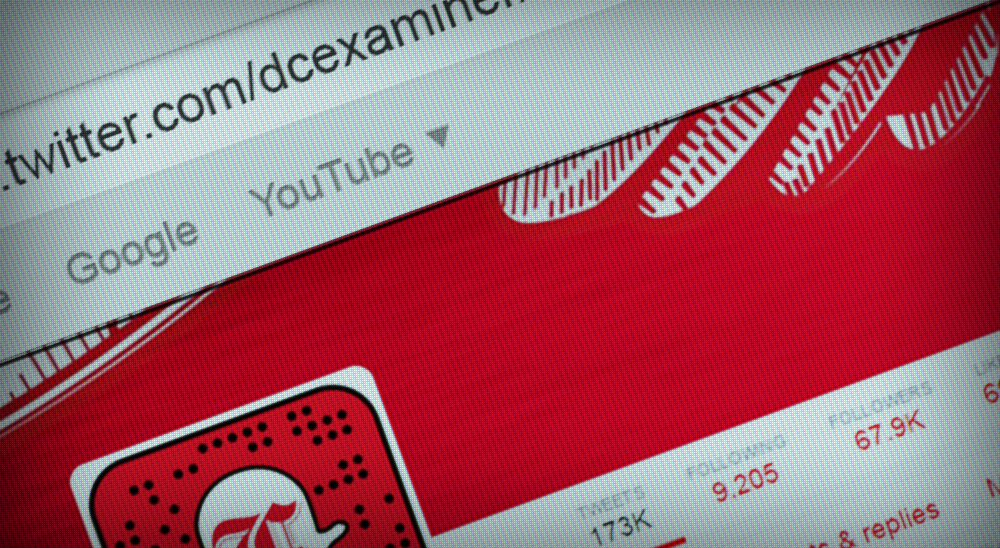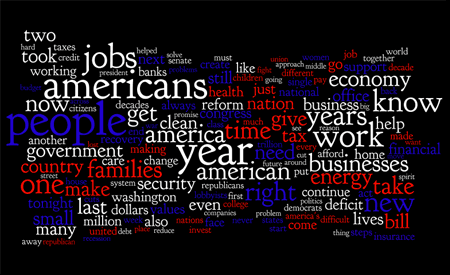Good journalism is a superpower.
With current events constantly evolving, journalism has taken a different road over the last several years. However, there's one crucial aspect that has stayed the same: storytelling. Journalism will inform, evoke emotion, and provide entertainment all in one effort. Because of its complex nature, it's a difficult art to master. We recently sat down with John Battelle, the CEO and Co-Founder of The Recount Media, to discuss how journalism has evolved and where it's headed.



.jpg)





